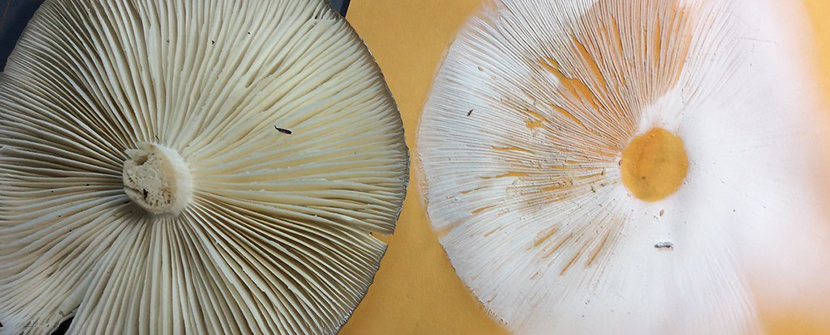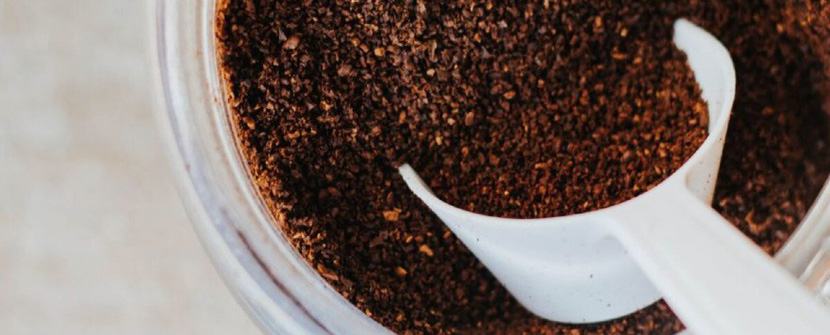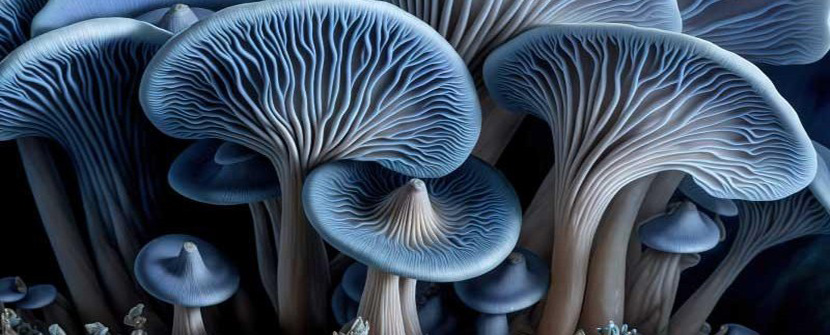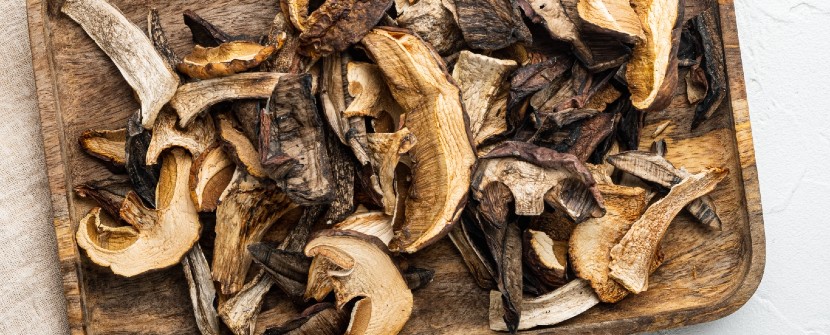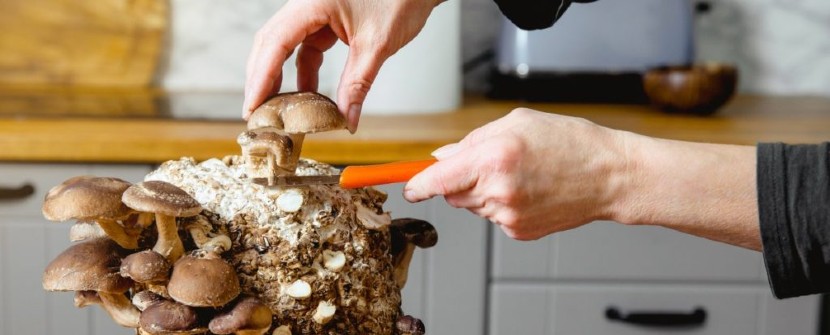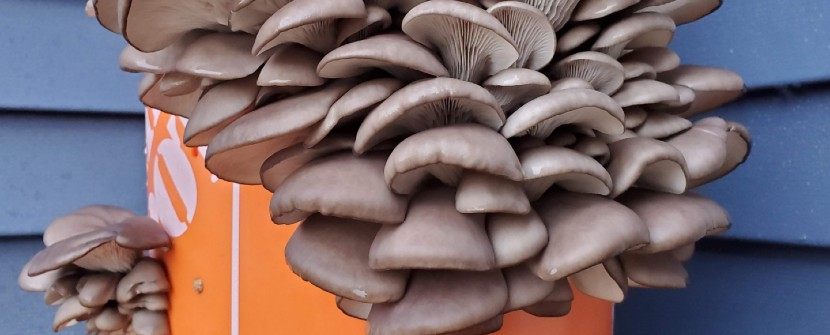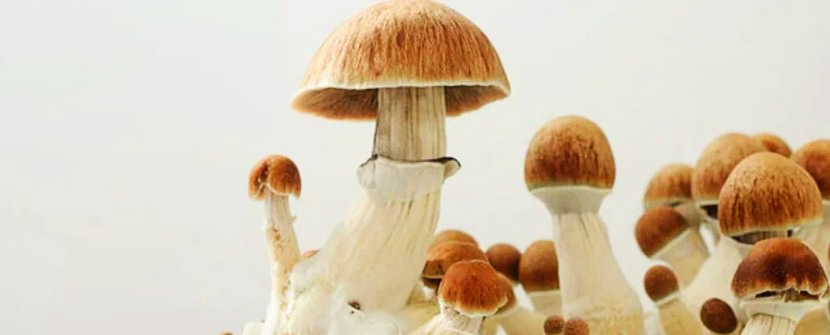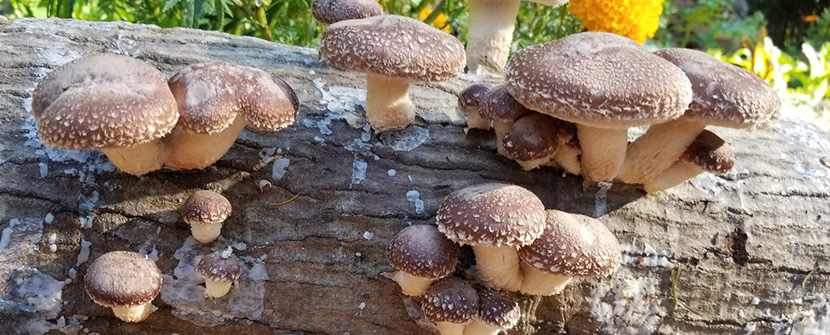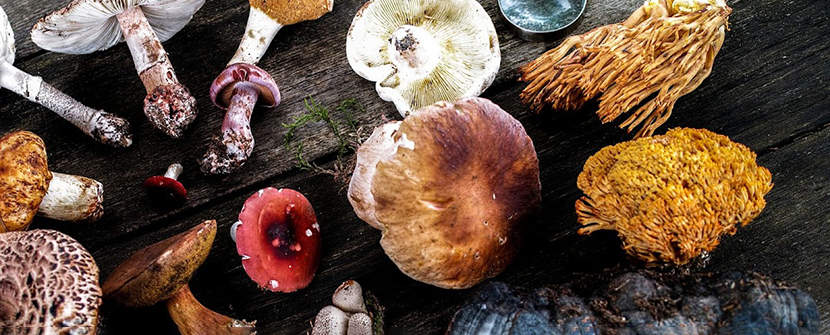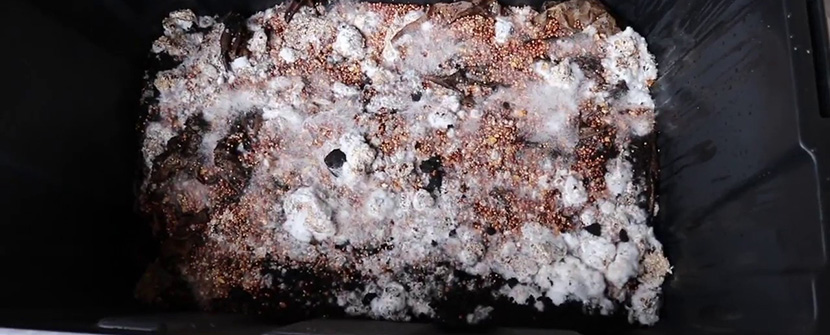
Avoid Contamination while Growing Mushrooms
UnpublishedHey, mushroom lovers! Do you want to grow your own mushrooms at home, but worry about contamination ruining your crop? Well, fear not, because I'm here to share some tips on how to avoid contamination and enjoy fresh, delicious mushrooms all year round.
First of all, what is contamination and why is it bad?
Contamination is when unwanted microorganisms, such as bacteria, mold, or yeast, invade your mushroom substrate or spawn and compete with the mushroom mycelium for nutrients and space. This can result in poor or no mushroom growth, unpleasant smells, and even health hazards if you accidentally eat contaminated mushrooms.
So, how can you prevent contamination from happening?
Here are some steps you can take to ensure a clean and successful mushroom cultivation:
- Choose a suitable substrate and pasteurize it.
A substrate is the material that provides food and water for the mushroom mycelium. Different types of mushrooms prefer different substrates, such as straw, sawdust, wood chips, coffee grounds, etc. You can find many recipes online for making your own substrate mix. Whatever substrate you choose, you need to pasteurize it before inoculating it with mushroom spawn. Pasteurization is the process of heating the substrate to a certain temperature for a certain time to kill any unwanted microorganisms that may be present. You can pasteurize your substrate in various ways, such as boiling it in water, steaming it in a pot, or baking it in an oven. Just make sure you don't overcook it or dry it out too much.
- Use high-quality mushroom spawn and store it properly.
Mushroom spawn is the material that contains the mushroom mycelium that you will use to inoculate your substrate. You can buy mushroom spawn from reputable suppliers online or in stores, or you can make your own from spores or tissue samples. Either way, you need to make sure that your mushroom spawn is fresh, healthy, and free of contamination. You can check this by looking at the color, texture, and smell of the spawn. It should be white or cream-colored, fluffy or stringy, and have a mild earthy or mushroomy smell. If it is any other color, slimy or dry, or has a sour or rotten smell, then it is probably contaminated and should be discarded. You also need to store your mushroom spawn in a cool and dark place until you are ready to use it.
- Work in a clean and sterile environment.
This is probably the most important step to avoid contamination. You need to work in a place that has minimal dust, dirt, and air currents that could carry unwanted microorganisms to your substrate or spawn. You also need to sterilize your tools and equipment, such as jars, bags, knives, scissors, etc., before using them. You can do this by boiling them in water, wiping them with alcohol, or using a pressure cooker or autoclave if you have one. You also need to wear gloves and a mask when handling your substrate or spawn, and wash your hands thoroughly before and after working.
Monitor your mushroom growth and spot any signs of contamination.
After inoculating your substrate with mushroom spawn, you need to keep an eye on your mushroom growth and watch out for any signs of contamination. Some common signs are:
-
Off-colors:
If you see any colors other than white or cream on your substrate or spawn, such as green, blue, black, yellow, or pink, then you have a contamination problem. These are usually molds that can spread quickly and ruin your entire batch.
-
Bad smells:
If you smell anything other than a mild earthy or mushroomy odor from your substrate or spawn, such as vinegar, ammonia, cheese, or rotting meat, then you have a contamination problem. These are usually bacteria or yeast that can produce harmful toxins and gases.
-
Slow or no growth:
If your mushroom mycelium is not growing well or at all on your substrate after a few weeks of inoculation, then you may have a contamination problem. This could mean that your substrate is too dry or wet, too hot or cold, or has been overtaken by other microorganisms.
If you spot any signs of contamination on your substrate or spawn, you need to act fast and isolate the affected area from the rest of your batch. You can try to cut out the contaminated part with a sterile knife and dispose of it safely in a sealed bag or container. You can also try to salvage the healthy part by transferring it to a new pasteurized substrate in a new sterile container. However, sometimes it may be too late to save your crop and you may have to start over from scratch.
I hope these tips help you avoid contamination and grow healthy and tasty mushrooms at home. Remember to always be careful and clean when working with mushrooms and enjoy the fruits of your labor!

